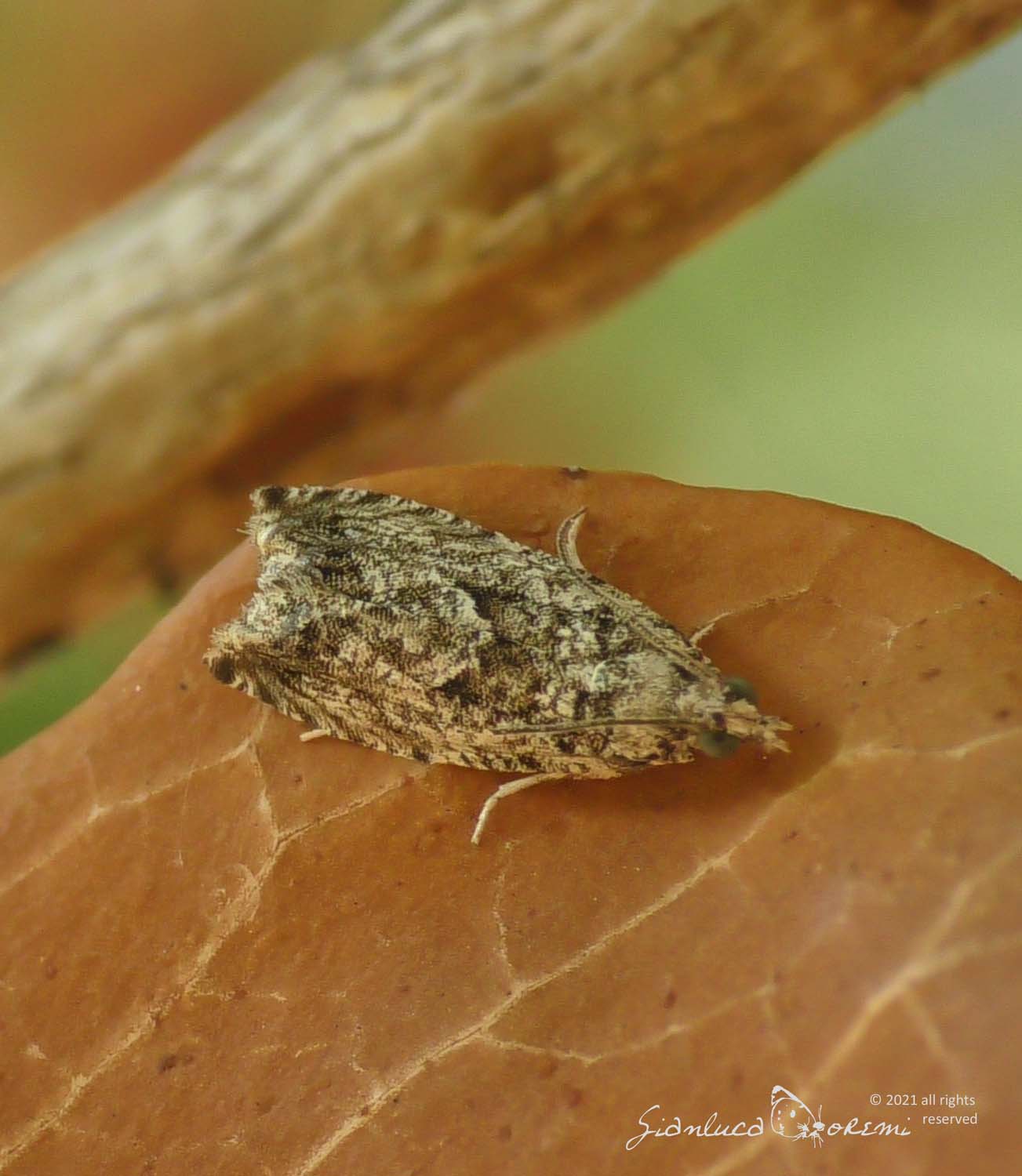

Veldkamp T, van Duinkerken G, van Huis A, Lakemond CMM, Ottevanger E, Bosch G, van Boekel MAJS (2012) Insects as a sustainable feed ingredient in pig and poultry diets-a feasibility study. Van Huis A, Van Itterbeeck J, Klunder H, Mertens E, Halloran A, Muir G, Vantomme P (2013) Edible insects: future prospects for food and feed security. Teller JK (1988) Purification and some properties of glutamate dehydrogenase from the mealworm fat body. Siemianowska E, Kosewska A, Aljewicz M, Skibniewska KA, Polak-Juszczak L, Jarocki A, Jędras M (2013) Larvae of mealworm ( Tenebrio molitor L.) as European novel food. Sandulachi EI, Tatarov PG (2012) Water activity concept and its role in strawberries food. Rumpold BA, Schlüter OK (2013) Potential and challenges of insects as an innovative source for food and feed production. Paul A, Frederich M, Megido RC, Alabi T, Malik P, Uyttenbroeck R, Francis F, Blecker C, Haubruge E, Lognay G, Danthine S (2017) Insect fatty acids: a comparison of lipids from three Orthopterans and Tenebrio molitor L. Academic, Cambridge, MA, USA, pp 293–297. In: Unconventional oilseeds and oil sources. Mariod AA, Saeed Mirghani ME, Hussein I (2017) Chapter 44-Schistocerca gregaria (DesertLocust) and Locusta migratoria (Migratory Locust). Lenaerts S, Van der Borght M, Callens A, Van Campenhout L (2018) Suitability of microwave drying for mealworms ( Tenebrio molitor) as alternative to freeze drying: impact on nutritional quality and colour. Kröncke N, Böschen V, Woyzichovski J et al (2018) Comparison of suitable drying processes for mealworms ( Tenebrio molitor). Khalloufi S, Giasson J, Ratti C (2000) Water activity of freeze dried mushrooms and berries. Jeon Y-H, Son Y-J, Kim S-H, Yun E-Y, Kang H-J, Hwang I-K (2016) Physiochemical properties and oxidative stabilities of mealworm ( Tenebrio molitor) oils under different roasting conditions. Ghaly AE, Alkoaik FN (2009) The yellow mealworm as a novel source of protein. EFSA J 13:5–60įinke MD (2002) Complete nutrient composition of commercially raised invertebrates used as food for insectivores.
Anim Feed Sci Technol 209:211–218ĮFSA Scientific Committee (2015) Risk profile related to production and consumption of insects as food and feed. J Chem Ecol 31:2721–2730ĭe Marcoa M, Martínez S, Hernandez F, Madrid J, Gai F, Rotolo L, Belforti M, Bergeroa D, Katz H, Dabboud S, Kovitvadhi A, Zoccarato I, Gascoc L, Schiavone A (2015) Nutritional value of two insect larval meals ( Tenebrio molitor and Hermetia illucens) for broiler chickens: apparent nutrient digestibility, apparent ileal amino acid digestibility and apparent metabolizable energy. īryning GP, Chambers J, Wakefield ME (2005) Identification of a sex pheromone from male yellow mealworm beetles, Tenebrio molitor.

When the larger animals die, their bodies rot, and they become food for insects again.Aguilar-Miranda ED, Lopez MG, Escamilla-Santana C, De La Rosa BAP (2002) Characteristics of maize flour tortilla supplemented with ground Tenebrio molitor larvae. Owls and woodpeckers feed on the centipede, crickets and scorpions. The carnivorous centipedes, spiders and scorpions prey on these smaller insects. Insects eat the bark and break down the tree.

They decompose and convert it to humus, which nourishes the soil, the forest, and the ecosystem as a whole. In part, these small insects help break down the rotting log and speed up its decomposition. Wood-boring beetles attack and chew on dying trees. Wood colonists, such as termites and ants, eat through the dead wood. Its softening trunk and loosening bark shelters and provides nourishment to the animals as well. The rotting log is considered a habitat of its own, as it is home to small and large animals alike. Under the dying and lifeless log is a wealth of bugs, snails, slugs, earthworms and bug larvae. There is typically little evidence of life within a rotting log unless it is flipped over.


 0 kommentar(er)
0 kommentar(er)
